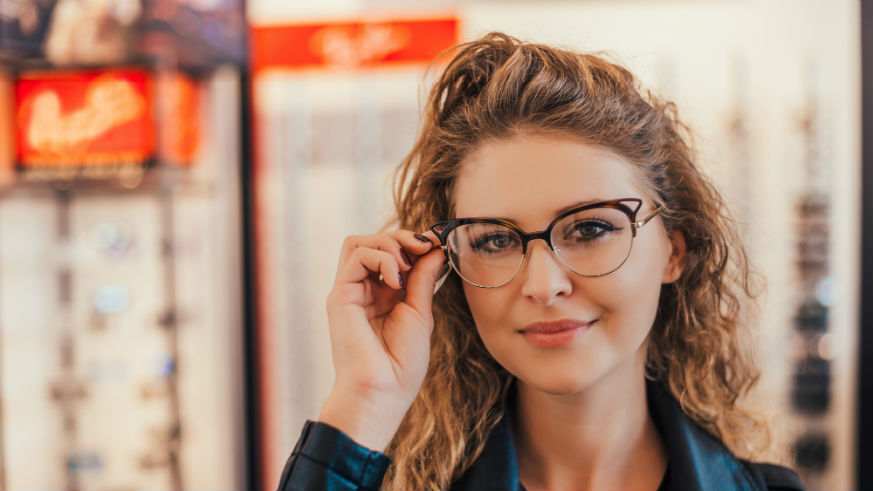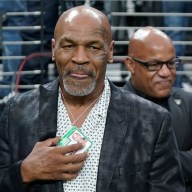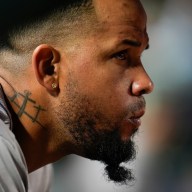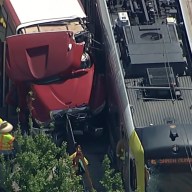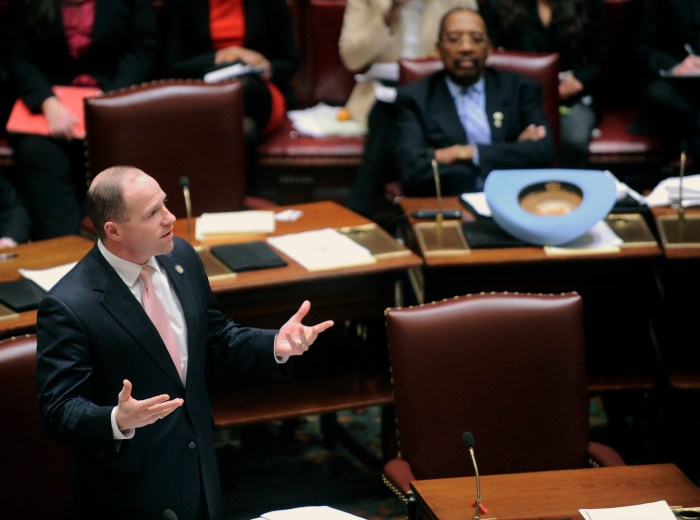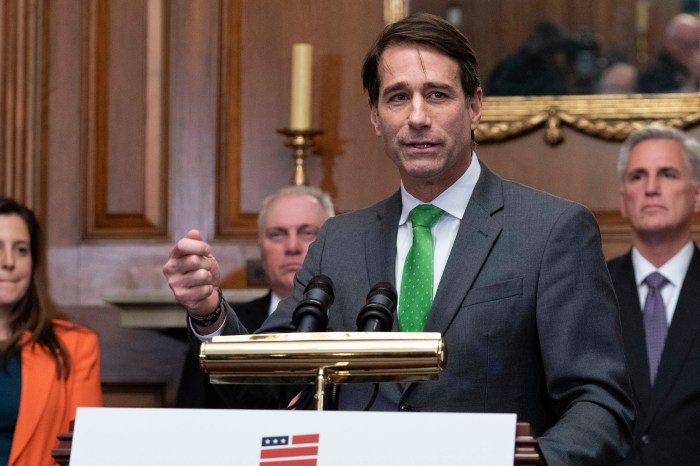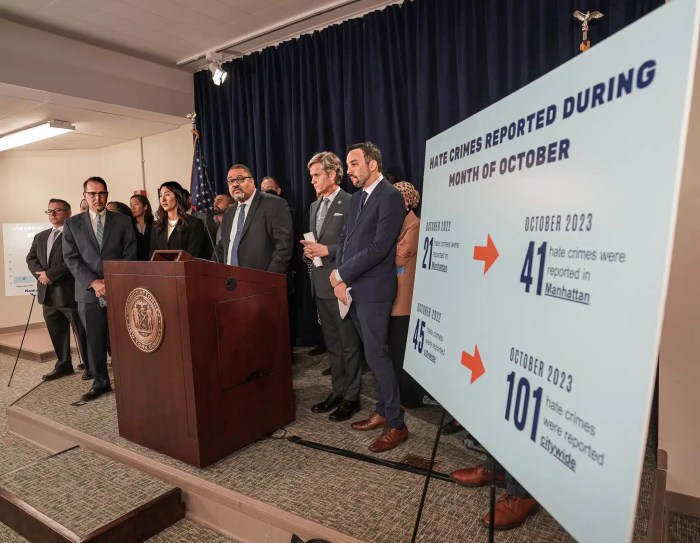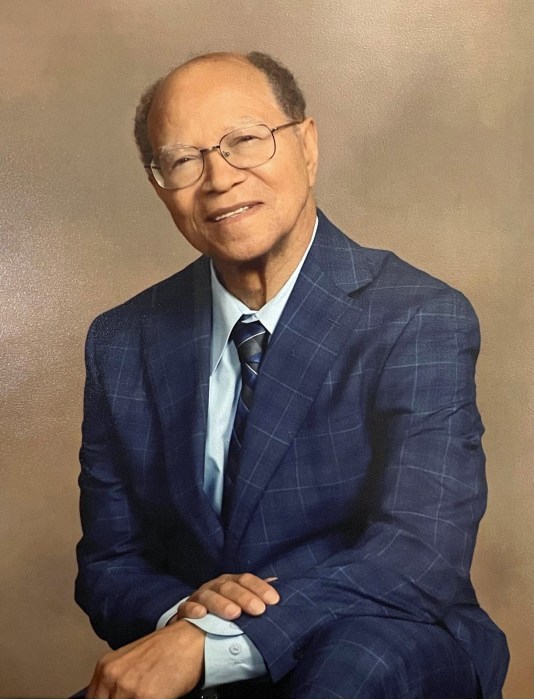The eyes are the windows to the soul — and if they’re not properly cared for, those windows can get scratched, blurry or broken. We talked to two experts from the New York Eye and Ear Infirmary of Mount Sinai, Dr. Sumayya Ahmad, a cornea surgeon, and Dr. Erin Walsh, co-director of pediatric ophthalmology, about how best to protect our peepers.
How often should adults have their eyes examined?
Dr. Ahmad: Most adults over age 21 should have their eyes examined every year. If there is a family history of glaucoma or other eye diseases, or if they have diabetes, then a yearly exam is a definite must.
When should children start having their eyes examined?
Dr. Walsh:The American Association for Pediatric Ophthalmology and strabismus recommends that for children over 5 years old who cannot see at least 20/32 with either eye should be referred for an eye exam. Most children are screened in school with a vision assessment, and if they fail they can see an eye doctor. Parents know their children best. If you feel that the eyes are not moving properly or the child is not seeing well, then they should absolutely take the initiative to make an appointment with a pediatric ophthalmologist.
What are the most common eye issues you deal with? How can they be prevented, and how are they treated?
Dr. Ahmad: I treat adults, so the most common things I see are glaucoma, cataracts, dry eye and diabetic retinopathy. Damage from glaucoma can be prevented by an annual eye exam with a trained ophthalmologist, who examines the optic nerve and checks the intraocular pressure. Although glaucoma can cause permanent damage to the eye, a good majority of patients can be treated with drops or laser therapy. Cataracts are usually related to aging but can also be caused by diabetes. Although a cataract requires surgery, the majority of patients who get cataract surgery are very happy and often wish they had it done sooner. I don’t really consider cataracts a disease, since it is easily correctable with a 10-minute procedure.
Dry eye can often be treated with over-the-counter preservative-free artificial tears, warm compresses and eyelid hygiene. Humidifiers also help, as well as taking a break from visually demanding tasks. When people are focused on something like reading a book, looking on their phone or computer or reading, they tend to blink less. This results in evaporation of the tear film and dry eyes. However, there are several types of dry eye, and I suggest seeing an ophthalmologist to find out the type that you may have. Over-the-counter treatment is usually sufficient, but some people need stronger interventions.
Dr. Walsh: Typical eye injuries in children are most commonly corneal abrasions, or scratches on the surface of the eye. These are very painful and should be treated with antibiotics to prevent vision-threatening corneal infections. Other common injuries include those to the bones around the eye called the orbital bones. Fractures here should be watched closely to evaluate the need for surgical repair.
Is there anyone who should stay away from contacts? At what age is it appropriate for kids to start wearing them?
Dr. Ahmad: People who have very dry eyes, a history of eye infections or are not willing to take the take the responsibility of proper hygiene should not wear contact lenses. Despite what some advertisements may tell you, it is generally never safe to sleep, shower or swim in contact lenses. They should be removed every night and cleaned, or people should use dailies if they do not want to go through the cleaning process.
Dr. Walsh: Most optometrists and ophthalmologists do not prescribe contact lenses until the age of 16. Corneal infections are very common with contact-lens use, and proper wear and care is paramount.It depends largely on the patient as well as the judgement of the eye-care provider prescribing contacts to determine whether it would be a good choice to proceed with this decision.
What are some situations/jobs that require additional eye care or protection? Athletes, working in labs, etc.?
Dr. Ahmad: We see a lot of construction workers and welders who, unfortunately, do not often wear eye protection and present with pieces of metal or debris in their eyes. I always tell people who do manual work to wear eye protection, and also get a pad that lines the lower and upper portion of the goggles. It’s amazing how small bits of debris can find its way to the cornea! Athletes that sustain blunt trauma such as football players should also wear head protection and also get yearly exams

